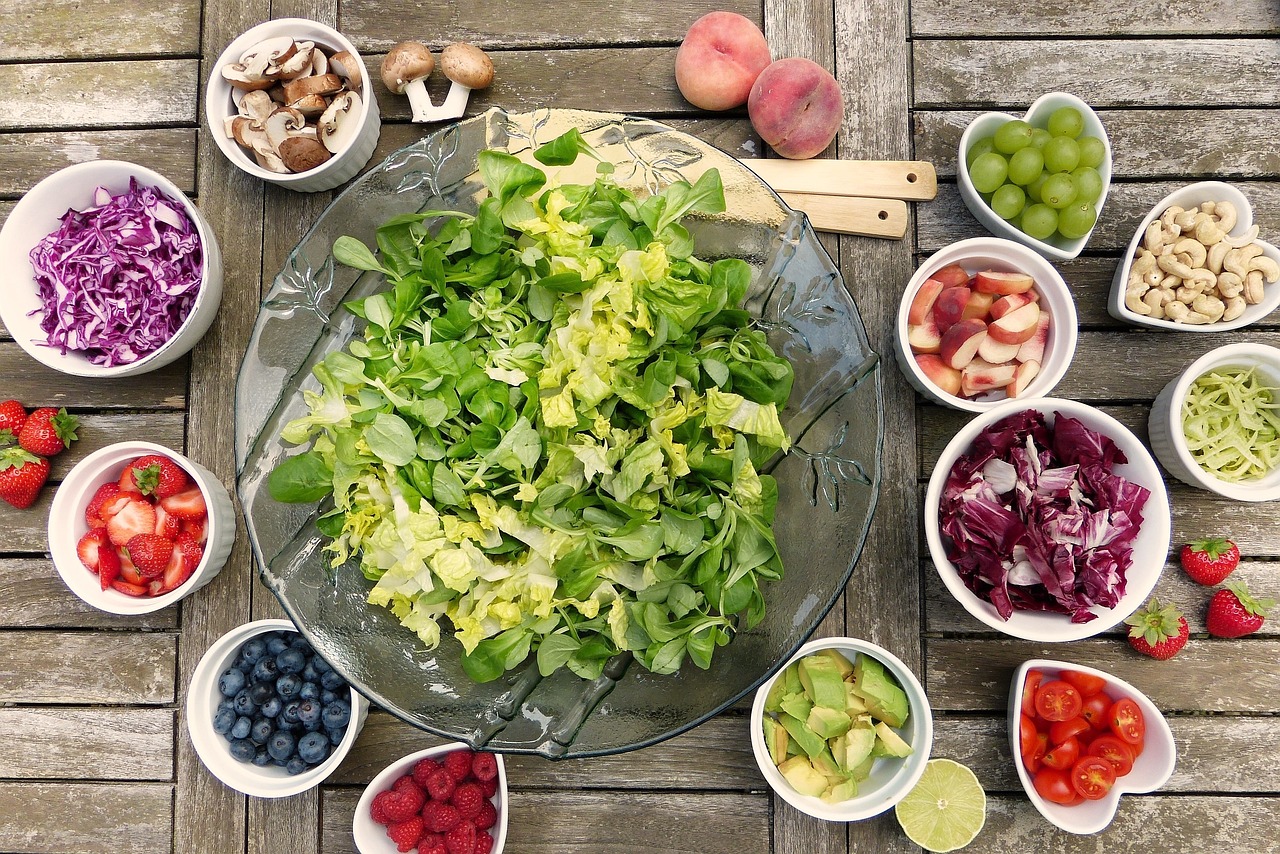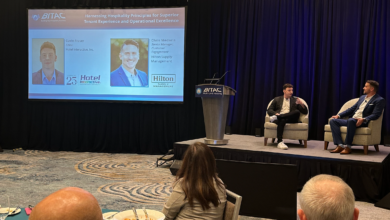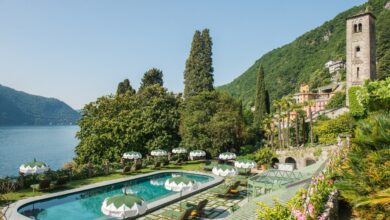
Thinking in Terms of Biohacking Foods for Your Hotel
By Larry and Adam Mogelonsky | January 19, 2023
Superfoods have been all the rage for the past decade and chefs have obliged by putting them on the menu. Think blueberries, kale and broccoli, while those in the non-plant-based camp consider pasture eggs to be a superfood. Any way you put, diets are changing and hotels have to keep up, both in terms of chef-driven restaurant concepts to drive the allure of the hotel (and hopefully with a positive halo back on to rate growth) and appeasing those guests who are opting for a healthier lifestyle.
Enter the term ‘biohacker’ which goes a step beyond superfoods in terms of signifying people who are looking to ‘hack’ their biological machinery in order to optimize performance, whether that performance is cognition, mood, memory, intelligence, athleticism, body fat percentage, skin elasticity, hair growth or holistic longevity.
As the fuel for this machinery, food is obviously a big part of this, whereby biohackers largely aim to optimize each meal by adding morsels of other ingredients that can act as flavor enhancers but also have antioxidant, hormone modulating, nootropic or adaptogenic properties.
With the trend and terminology covered, how does a hotel or F&B operation go about making any money from all this? It’s not exactly a straight-line projection, but from our consultancy work we start by applying the adage, “You can only manage what you measure.”
In other words, any new ingredient you put on the menu can be underpinned by strong inventory management and digitally agile marketing support. Let’s begin by identifying ten great biohacking foods (to also inspire you for your own eating purposes) then go into how to track their adoption by patrons (or lack thereof).
1. Garlic (contains sulfurous thiols that are antimicrobial, although not the best for the breath)
2. Turmeric (plenty of documentation on its anticancer effects)
3. Apple cider vinegar (blunts insulin response following carbohydrate intake)
4. Capers (highest in quercetin, a longevity antioxidant also found in onions and fruits)
5. Parsley (contains PQQ and apigenin which promote energy restoration in the cells)
6. Cilantro (a powerful chelator that removes heavy metals; tastes like soap for some people)
7. Brazil nuts (very high in selenium which is important for mercury chelation)
8. Spirulina (contains the anticancer molecule phycocyanin and helps chelate aluminum)
9. Marine collagen (vegan form of bovine collagen; over 30% of our bodily protein is collagen)
10. Edible flowers (providing a whole color wheel of antioxidants and other beneficial compounds)
Now let’s outline some ways to incorporate these items onto the menu:
• Most breakfasts contain a yoghurt bowl with some combination of fruit, nuts and seeds, where a dollop of chopped Brazil nuts or spirulina can be a two-dollar extra
• At the smoothie bar, spirulina and marine collagen are already proven add-ons often priced at three or four dollars more per scoop
• Collagen, vegan or animal-derived, is now often sold under the buzzy ‘bone broth soup’ which can be great for winter menus
• As practically the only two salty fruits, capers and olives would make for a nice appetizer
• With people looking for alcohol alternatives, turmeric has been a mainstay when sold as ‘golden milk’ (nut milk, turmeric, cinnamon, ginger, black pepper and honey all boiled together)
• Likewise for dieters and as a digestif, apple cider vinegar, lemon juice, garlic, ginger, honey and sparkling water combine well into a restorative tonic
• For parsley, cilantro and edible flowers, these can all be sold as individual add-ons to a salad or main or combined as a ‘fresh herbs and flowers’ addition
From these ideas, you can see that nothing here is breaking the bank and nothing here is going to add seven figures to the bottom line either.
Instead, adding healthy foods is about deepening your KYC (know your customer), so that you have more data on the percentage of guests who fit within the ‘healthy eater’ profile and may thus be more inclined to want some other form of wellness programming – spa enhancements, in-room fitness, onsite yoga classes or paid-for biohacking onsite machinery like a hyperbaric oxygen chamber.
Let’s focus on the singular example of offering a handful of Brazil nuts as a $2.50 extra to the yoghurt bowl (with the assumption that this is well-typeset in both the physical and digital menus so that it’s visible). Restaurant guest purchases of this add-on will be recorded within the POS; from there you can do a basic before-and-after comparison to determine whether the availability of Brazil nuts was purchased in a significant amount and also if this addition increased total sales of the yoghurt bowl.
Connecting your POS to the guest profile data in your PMS (whether it’s a two-way integration or piping the data into a third entity like a CRM) allows for even more end-to-end feedback and analysis. If you know an overnight hotel guest purchased the Brazil nuts addition, you could set up an automated workflow within your post-stay survey platform to specifically ask about whether they would pay for other health-minded products during their trip as well as what their preferred products would be.
In this sense, the minutia can inform a greater whole. The two of us are very bullish on wellness for hotels, but this takes on numerous different forms depending on the brand. To discover what’s best for your organization, you have to test and you have to measure, and the additional of a few biohacking foods can help you do just that.





Get involved!
Comments